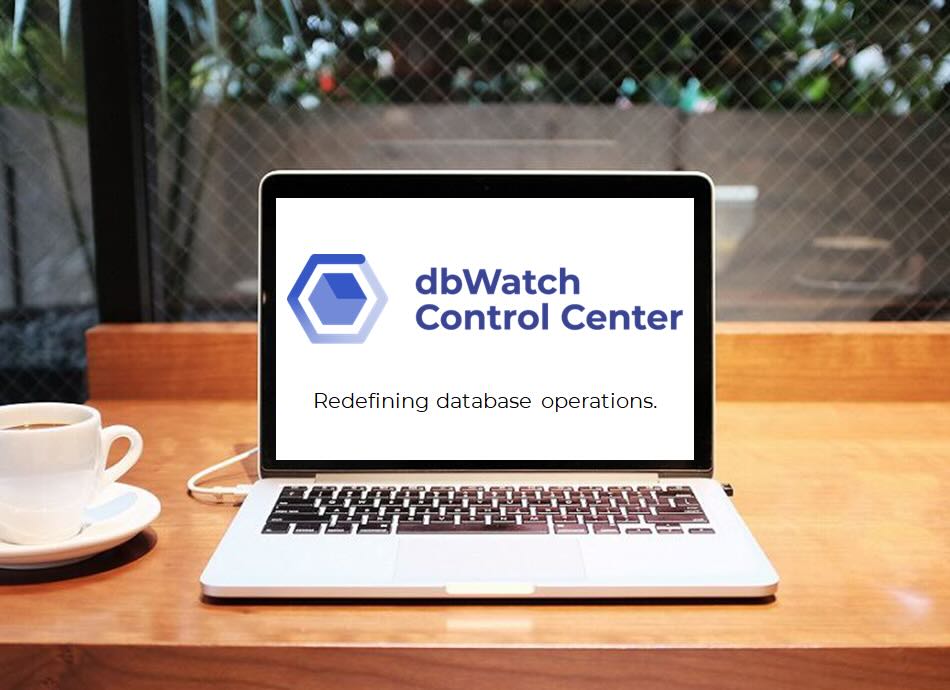
Start Your Free Trial of dbWatch
Discover how dbWatch helps you manage and optimize database operations efficiently.
dbWatch is a complete solution for monitoring and managing your entire database server farm.
It provides proactive monitoring to catch issues early, improve performance, and make better use of your database resources.
Below, you’ll find answers to frequently asked questions about how dbWatch works, what it offers, and how it fits into your database environment.
Have a question that isn’t answered here, or need more detail on something you see? Feel free to contact us. We’re happy to help.
Yes, dbWatch offers a free evaluation for 90 days.
Fill out the form to register in our portal for your evaluation license key. We can extend the license period upon request.
If you register in our portal, you can find the support resources and videos there.
We also link in sources for support on our support web page.
dbWatch has various technical and installation guides available for download on the website: www.dbwatch.com/support.
You can also visit the dbWatch Wiki for the system guide or our youtube channel for more tutorials.
dbWatch supports almost all versions of Oracle, MS SQL Server, MySQL, MariaDB, PostgreSQL, MongoDB, and Sybase. Support for instances in Azure and AWS is also included.
The dbWatch server can be installed on Windows or Linux 64bit.
For a complete and updated list of database platforms supported, please visit our wiki page.
We count each pluggable database as an instance so that it will require one license per pluggable database. We also count the container as an instance since we need to monitor that to have complete control.
So a container with three pluggable database count as four instances/licenses.
No, dbWatch is agentless and does not consume many resources.
It only installs a small schema in your database instance to collect the needed performance statistics and status for monitoring.
dbWatch Control Center is a new product and not an upgrade of Enterprise Manager, so it will not overwrite or remove your existing dbWatch Enterprise Manager installation. You may safely run both in parallel while evaluating.
dbWatch is built on standard, three-tier client-server architecture:
dbWatch does not use OS-based agents. We access the database servers directly.
To learn more about the dbWatch architecture, visit this page.
Each dbWatch server can support 250 database instances each for Windows or Linux.
If you have 1000 database instances to monitor, you’ll be needing four dbWatch servers on Windows or Linux to monitor all those instances.
With dbWatch, you can add as many dbWatch servers as you need to connect to all your instances. Typically you will have one dbWatch server in each location or network if running large dispersed or partitioned sites, or use as many servers as you need if you manage hundreds or thousands of database instances.
dbWatch is built from the ground up with a distributed, scalable architecture. dbWatch engines are distributed to each instance, and statistics are kept locally on each instance. This avoids building huge central repositories. This keeps network traffic down and scales exceptionally well.
For more examples and insights into architecture, please visit our wiki page.
All reports, views, and dbWatch tasks are delivered in source form. The customer can freely customize these, or add their own tasks, views or reports.
Documentation on customizing is available here.
None required. dbWatch uses JDBC to connect to instances.
SMTP / email integration can be configured to send alarms and warnings to other products.
dbWatch can also be managed through a Command Line Interface (CLI)
Other software can integrate with dbWatch Control Center either using the CLI or the built-in webserver
dbWatch is built on a distributed, scalable architecture.
dbWatch schemas are distributed on each instance, and statistics are kept locally. This avoids building huge central repositories and minimizes impact on the monitored database or the network, as it only retrieves a minium of data when necessary.
dbWatch is an agentless solution. It deploys the dbWatch framework to the monitored instances. The framework is composed of procedures that retrieve the status and performance statistics needed by the dbWatch server.
Users can receive alerts thru Emails. Alerts can be fully customized and configured as to who receives what, how, and when.
Integrating dbWatch with SMS gateways or other 3rd party solutions is possible.
dbWatch uses fine-grained role-based access controls.
Administrators can easily grant roles to specific users within dbWatch and limit their access within the application and its different modules.
Yes, dbWatch supports high availability and cluster technology for Oracle, Microsoft SQL Server, PostgreSQL and MySQL.
Yes, dbWatch provides a variety of pre-configured performance and health reports. Users can create new reports or customize the existing ones. Refer to dbWatch Reporting.
Yes, dbWatch can automatically schedule and distribute reports to any user thru email. Users can also configure a repository for reports where all generated files will be stored.
Yes, dbWatch supports role-based access and integration with enterprise directories such as Active Directory authentication.
dbWatch can also support Kerberos authentication and OS authentication.
Yes, To ensure the privacy of the user sessions, dbWatch encrypts all communication between the monitors and the servers. For more details on security go to this wiki page.
Yes, dbWatch provides cross-domain access and security features to allow consultants at any given moment or a specified time schedule based on the enterprise SLA.

Discover how dbWatch helps you manage and optimize database operations efficiently.